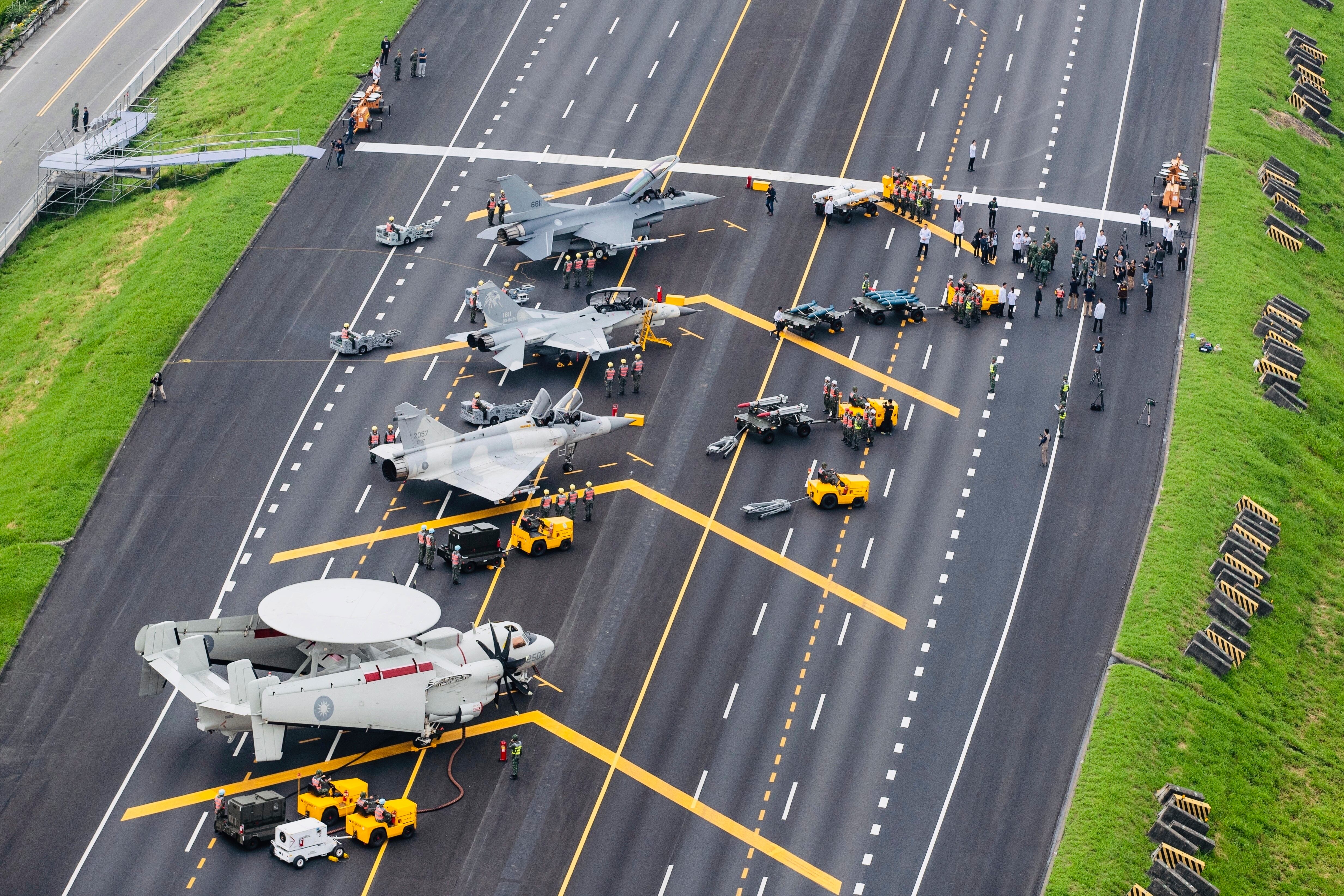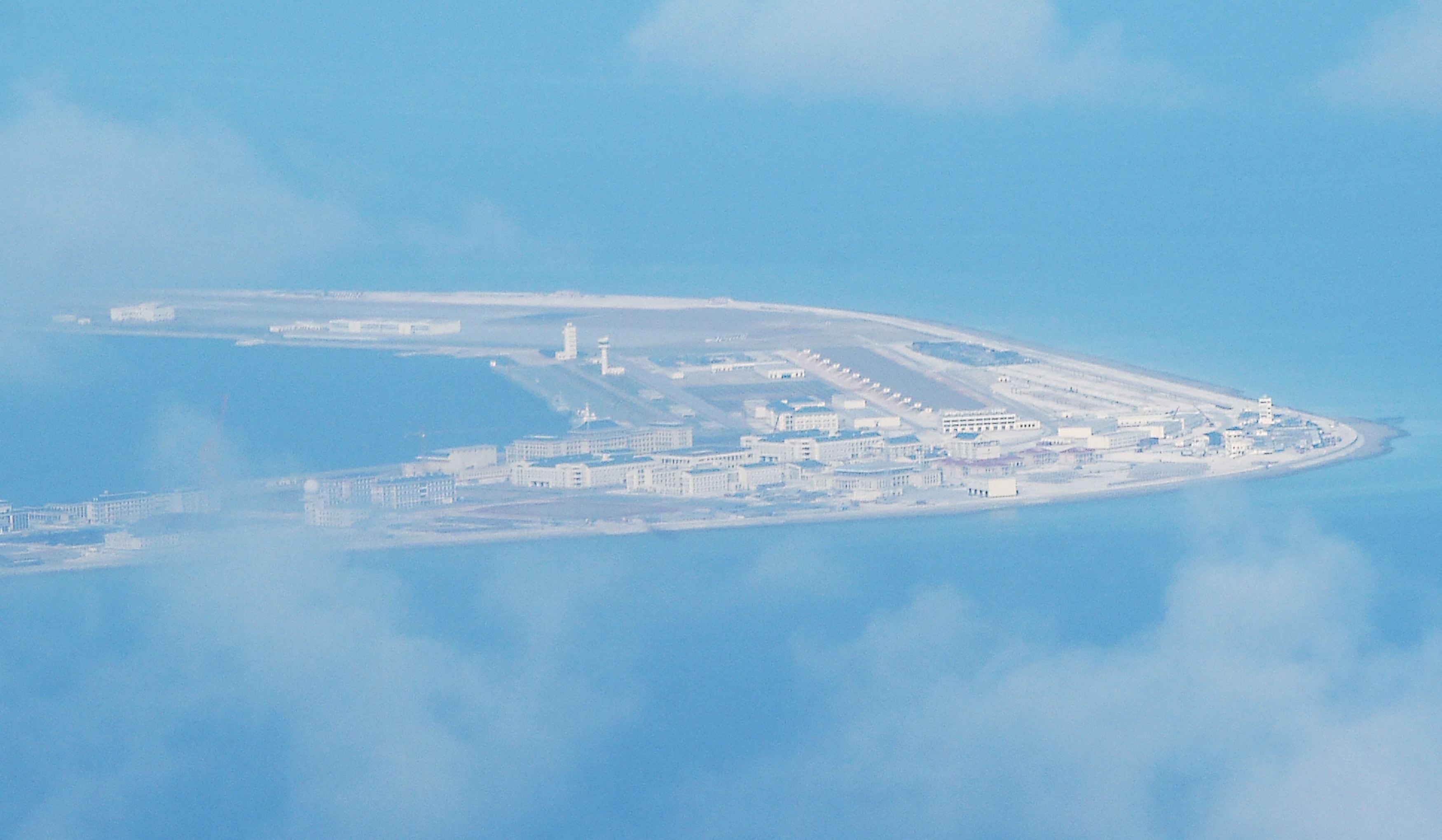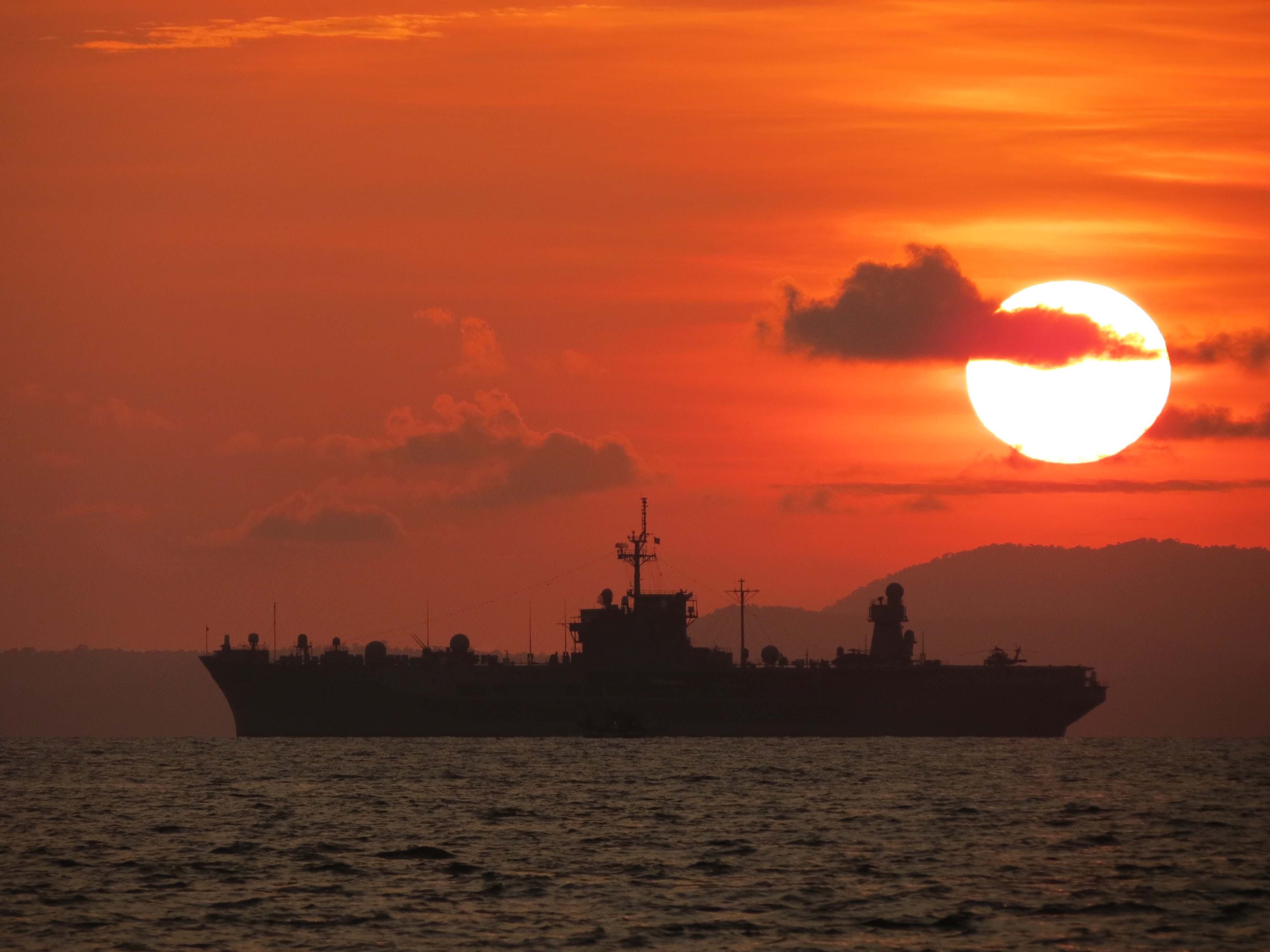Singapore — China’s so-called maritime militia is believed to be behind a series of laser attacks against an Australian naval helicopter over the South China Sea, soon after a U.S. admiral warned that the paramilitary force could be treated as combatants.
A report in the Australian Broadcasting Corporation on May 29, quoting Australian Defence Department sources, said that the crew of a Royal Australian Navy helicopter was targeted by lasers from nearby fishing vessels during a night flight.
The helicopter landed safely on its ship following the attack, where crew members were given a medical checkup and cleared of any injury. The helicopter was flying from an Australian naval ship taking part in a regional engagement mission.
The report did not say if the fishing vessel that targeted the helicopter with lasers was Chinese-flagged, although that country has the largest such fleet in the region by far.
However, some believe that many of these vessels are not engaged in fishing activities, but in fact belong to the maritime militia, a paramilitary force engaged in “patrol, surveillance, resupply, and other missions to bolster China’s presence in contested waters in the South and East China Seas,” according to a report by the Center for Strategic and International Studies, a Washington-based think tank.
RELATED

What makes up the maritime militia?
According to Andrew Erickson, a professor of strategy at the U.S. Naval War College’s China Maritime Studies Institute, China’s maritime militia is a component of China’s armed forces and is employed in so-called gray zone operations, or “low-intensity maritime rights protection struggles,” at a level designed to frustrate effective response by the other parties involved.
Erickson asserts that China has used the militia to advance its disputed sovereignty claims in international sea incidents throughout the South and East China seas. For its part, the CSIS think tank believes “some of the best-trained and best-equipped members engage in overt paramilitary activities such as the harassment of foreign vessels operating near Chinese-held islets or dangerous standoffs with vessels from neighboring states,” such as an incident in 2014 when China deployed an oil rig in waters claimed by Vietnam.
Writing on his personal website, Erickson said the units engaged in such incidents incorporate marine industry workers, such as fishermen, directly into China’s military. Though they retain their day jobs, they can go through training as militia members by China’s People’s Liberation Army Navy and can be activated on demand.

Echoing this, the Pentagon’s 2019 China Military Power Report called the militia “a subset of China’s national militia, an armed reserve force of civilians available for mobilization.” The report added that the force “plays a major role in coercive activities to achieve China’s political goals without fighting.”
China has been developing more professionalized, militarized, well-paid full-time units including military recruits, and it is crewing 84 purpose-built vessels with mast-mounted water cannons for spraying and with reinforced steel hulls for ramming. Typical of these vessels are what the CSIS report calls the “Yue Tai Yu fleet” — nine 62.8-meter trawlers built by Guangxin Shipbuilding & Heavy Industry in 2017.
CSIS used these vessels’ automatic identification systems to track them on the intermittent occasions they broadcast their positions. The think tank determined that after leaving the shipyard that built them, the trawlers traveled to the coastal port of Shadi in Guangdong province and spent the next year traveling back and forth between this home port and the disputed chain of Spratly Islands.
RELATED

While there, the vessels made lengthy stays at Subi and Mischief reefs, and they visited China’s Gaven, Johnson and hughes Reefs, all of which are part of China’s “Great Wall of Sand,” where islands have been reclaimed from the sea, and on which the country has built extensive military facilities.
However, the strongest evidence that those trawlers are part of the maritime militia status stems from the substantial amount of time they spent loitering in the waters around the Philippine-occupied Thitu and Loaita islands, according to CSIS. High-resolution satellite imagery of the vessels also suggests they spend little, if any time, fishing.
A warning
China doesn’t attempt to hide the existence of the maritime militia; the country acknowledges it is part of the state security apparatus.
In fact, Adm. John Richardson, the outgoing U.S. Navy chief of naval operations, in a meeting with his Chinese counterpart, Vice Adm. Shen Jinlong, warned that he is aware China uses non-military ships to help Beijing stake its claims in the disputed South China Sea.
Richardson also said during the meeting in January that the U.S. will respond to aggressive acts by those ships the same way it has with ships the People’s Liberation Army Navy, according to an interview with Britain’s Financial Times newspaper.
However, the officer did not specify what those measures will be. And given that hundreds of maritime militia boats swarmed the waters around the Philippine-held Thitu Island, China appears to have been undeterred by the warning.
Mike Yeo is the Asia correspondent for Defense News.








